
Copper intrauterine device users were found to have a lower risk of high-grade cervical neoplasms compared with levonorgestrel-releasing intrauterine system users.

Your AI-Trained Oncology Knowledge Connection!


Copper intrauterine device users were found to have a lower risk of high-grade cervical neoplasms compared with levonorgestrel-releasing intrauterine system users.

Although the impact of COVID-19 on trials will vary based on many factors, the FDA outlined considerations to ensure the safety of trial participants, maintain compliance with good clinical practice, and minimize the risks to trial integrity.

In this study, researchers found associations between global cognitive impairment in patients with hematologic malignancies treated with blood or marrow transplantation and genetic mechanisms that influence DNA repair, BBB, and telomere homeostasis.

Given the findings of the current study, clinicians and health services should target gender nonconforming survivor’s depression and health behaviors in order to improve survival and should also focus on the complex comorbidities of transgender men and transgender women.

These findings indicate that bone mineral density screening and pharmacologic intervention should be strongly considered for these high-risk women.

This study assessed whether the accumulative, static, or dynamic method was best suited for determining the familial risk of breast cancer.

The peer-reviewed article provides insights and advice on how to continue providing proper cancer care during the novel coronavirus pandemic.

The study authors found that not only did some professionals view racial and ethnic minorities as less promising study participants, some respondents also reported withholding trial opportunities from minorities based on these perceptions.

Though the combination of bevacizumab and trebananib was found to be well tolerated, it did not significantly improve survival outcomes for patients with recurrent glioblastoma over bevacizumab alone.

Researchers found that regret following allogeneic HSCT was related to disease recurrence, suggesting that social connectedness may serve as a protective factor against later regret.

A nationwide study found that low-dose aspirin was associated with a significantly lower risk of hepatocellular carcinoma and lower liver-related mortality compared to no aspirin use, without a significantly higher risk of gastrointestinal bleeding.

A population-based analysis found that racial and ethnic disparities in childhood central nervous system tumor survival seem to have their roots at least partially in post-diagnosis factors, possibly due to the lack of access to high quality care, leading to poorer overall outcomes.

This study found that carboplatin-pemetrexed treatment followed by pemetrexed maintenance was a valid option for first-line treatment of elderly patients with advanced nonsquamous non-small cell lung cancer.
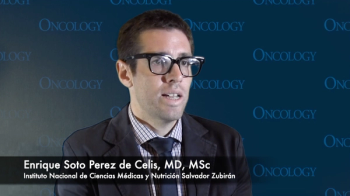
The geriatric oncologist spoke about the differences in treating older women and younger women with triple-negative breast cancer.

Previously unrecognized genetic structural variants in childhood leukemias could be used to evaluate the presence of minimal residual disease during chemotherapy and help to determine response to various therapies.

Tracking large numbers of individualized tumor mutations in cell-free DNA improved minimal residual disease detection in breast cancer patients, though the sensitivity is driven by the number of mutations available to track.

The FDA granted fast track designation to balstilimab and zalifrelimab based on comprehensive data found to support their potential as a combination therapy.

Given these findings, researchers highlighted the need for interventions and policy efforts that address reducing food insecurity and financial worry among cancer survivors.
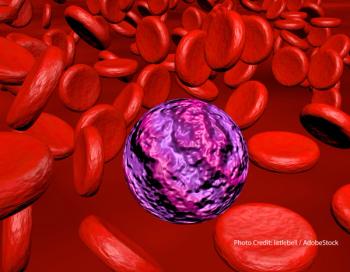
Hematopoietic stem cell transplantation (HSCT) with prior use of checkpoint inhibitors was found to be feasible in patients with acute myeloid leukemia and/or myelodysplastic syndromes and the use of post-HSCT cyclophosphamide as graft-versus host disease prophylaxis improves outcomes.
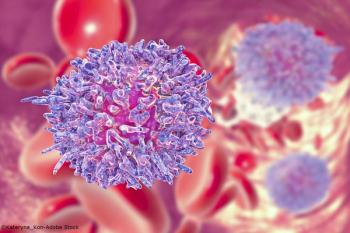
The associate professor of hematology spoke with CancerNetwork® about frontline treatments available for patients with chronic lymphocytic leukemia and the toxicities present for these treatments.

An international systematic review and meta-analysis indicated that stereotactic body radiation therapy compared to conventionally fractioned radiation therapy with concurrent chemotherapy may offer a modest improvement in OS with a more favorable toxicity profile.

The FDA granted orphan drug designation to umbralisib based on results from the phase IIb UNITY-NHL trial cohort of patients with follicular lymphoma who have received at least 2 prior lines of therapy, including an anti-CD20 monoclonal antibody and an alkylating agent.
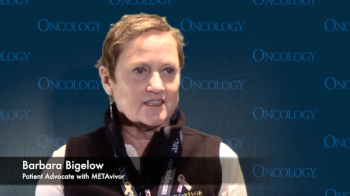
After a serious adverse reaction to a clinical trial put her in critical condition, Barbara Bigelow now shows no signs of breast cancer and is no longer on any cancer medications.

The biologics license application was supported by findings from a global, randomized, controlled phase III clinical trial, evaluating the efficacy, safety, and immunogenicity of MYL-1402O versus bevacizumab.
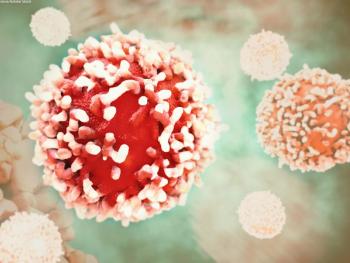
The goal of the study is to determine the effect of adagloxad simolenin administered with the potent adjuvant OBI-821 as a therapeutic vaccine treatment on improving invasive disease-free survival in the study population.
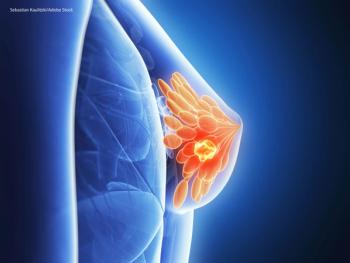
Aditya Bardia, MD, MPH detailed the clinical development of antibody drug conjugates in patients with metastatic triple negative breast cancer, as well as what to expect moving forward with antibody drug conjugates in the metastatic breast cancer space.
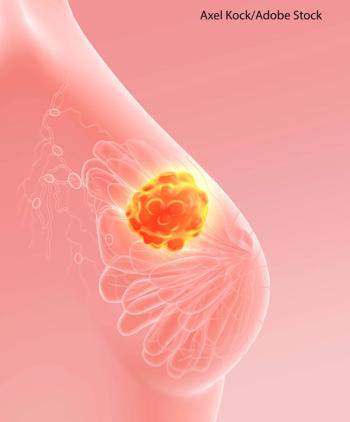
As more agents become approved, it’s important to individualize therapy for this patient population, Sara A. Hurvitz, MD, said at the 37th Annual Miami Breast Cancer Conference.
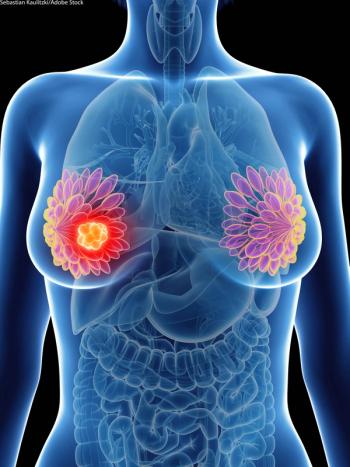
The study found that 31 to 60 days seems to be the ideal time period to begin adjuvant chemotherapy in HER2-positive breast cancer patients.
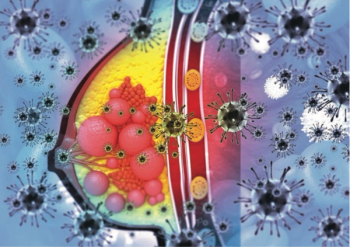
This study sought to determine the patient and tumor characteristics associated with positive lymph nodes status in T1 HER2-positive breast cancer.

HSD3B1 may help identify more men who are likely to benefit from escalated androgen receptor axis inhibition beyond gonadal testosterone suppression according to the researchers.